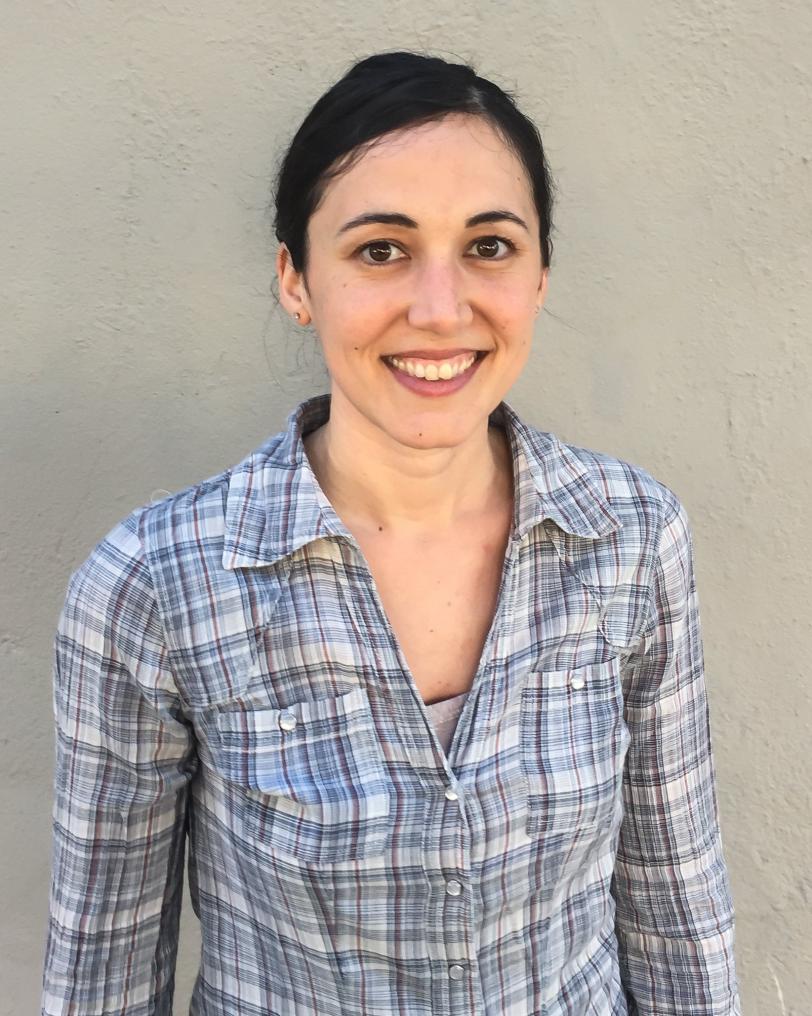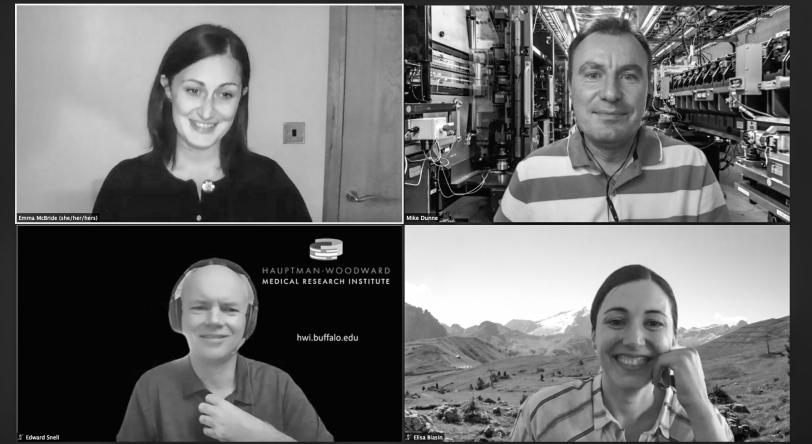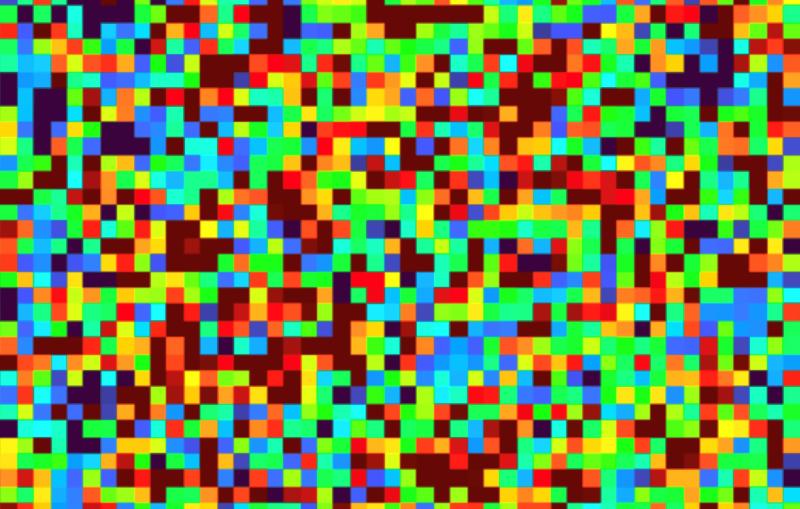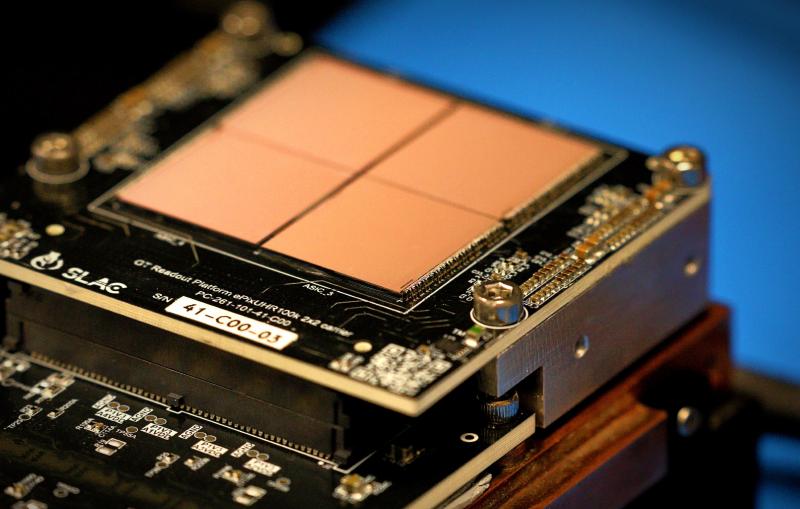Elisa Biasin receives 2020 LCLS Young Investigator Award for ultrafast X-ray science
The early-career award honors a promising leader in X-ray free-electron laser research.
Elisa Biasin, a research associate at the Stanford Pulse Institute at the Department of Energy’s SLAC National Accelerator Laboratory, received the 2020 LCLS Young Investigator Award for her contributions to the field of ultrafast X-ray science. The award is given to early-career scientists in recognition of exceptional research using SLAC’s Linac Coherent Light Source (LCLS) X-ray free-electron laser.

Biasin was one of three finalists selected by the LCLS Users Executive Committee based on nominations from across the user community. The finalists gave virtual talks on their research during the 2020 LCLS/SSRL Annual Users’ Meeting plenary session on Oct. 2. Finalist Alfred Zong, a postdoctoral researcher at the University of California, Berkeley, presented his research on charge density waves, and Mohamed Ibrahim, a postdoc at Humboldt University, talked about his research on photosystem II.
In her letter recommending Biasin for the award, Munira Khalil, a professor at the University of Washington, wrote: “I have worked closely with Elisa over the past two years and have been extremely impressed with her ability to lead complex projects involving international collaborations. She is unafraid of new experiments and is excellent at planning on the short and long term. In addition, she is a wonderful mentor to graduate students. She is a rising star in the field of ultrafast X-ray studies of chemical phenomena in solution.”
Electron shuffle
Biasin’s research focuses on a process called electron transfer that’s initiated when a molecule absorbs light. Many chemical and biological processes – such as the conversion of sunlight to energy in photosynthesis and solar cells – rely on electrons moving from one atom or molecule to another.
At LCLS, Biasin is developing techniques such as ultrafast X-ray scattering and spectroscopy that allow her to monitor in real time the nuclear motions that drive electron transfer processes. She is particularly interested in how the liquid environment surrounding molecules affects how electrons move around. Her ultimate goal is to create molecular movies that follow these ultrafast processes as they unfold.

Biasin hopes to take advantage of the LCLS-II upgrade project to continue her research. When these upgrades are complete, LCLS will fire X-rays that are, on average, 10,000 times brighter than LCLS in pulses that arrive up to a million times per second. The first phase of the upgrade came online earlier this year as the brand new hard and soft X-ray undulators produced beam. Subsequent plans seek to extend this capability to higher energy X-rays to provide atomic-scale structure.
“I'm currently developing my own research plan that involves taking full advantage of the capabilities of the LCLS-II upgrades to achieve an improved understanding of light-induced reactions in solution,” Biasin says.
Collaborative effort
After receiving a PhD in physics and working as a postdoc at the Technical University of Denmark, Biasin came to SLAC as a postdoc in 2017 to continue her work in ultrafast X-ray science, becoming a PULSE research associate in 2019. During her time at SLAC, Biasin has been actively involved in international collaborations and participated in around 20 experiments at LCLS.
“I love studying physics and chemistry because it allows me to learn about the laws that govern nature and how the world around us works,” Biasin says. “I also really enjoy working with people with a lot of different expertise. It’s really a collaborative effort.”
Biasin’s PhD advisor Kristoffer Haldrup, a researcher at the Technical University of Denmark, says that she is a sought-after collaborator by many groups doing experiments at X-ray free-electron lasers.
“Elisa is a vigorous addition to any experimental campaign," Haldrup wrote in his recommendation letter. "She contributes to sample handling and real-time data reduction, as well as data modeling and interpretation. She is a role model for young scientists and very deserving of the LCLS Young Investigator Award.”
Biasin is the fourth researcher to receive this award. She says she felt honored when she found out she had won.
“It’s a really nice recognition of the work that I’m doing with my team,” she said, “and it’s an encouragement to keep working in this direction.”
For questions or comments, contact the SLAC Office of Communications at communications@slac.stanford.edu.
SLAC is a vibrant multiprogram laboratory that explores how the universe works at the biggest, smallest and fastest scales and invents powerful tools used by scientists around the globe. With research spanning particle physics, astrophysics and cosmology, materials, chemistry, bio- and energy sciences and scientific computing, we help solve real-world problems and advance the interests of the nation.
SLAC is operated by Stanford University for the U.S. Department of Energy’s Office of Science. The Office of Science is the single largest supporter of basic research in the physical sciences in the United States and is working to address some of the most pressing challenges of our time.





